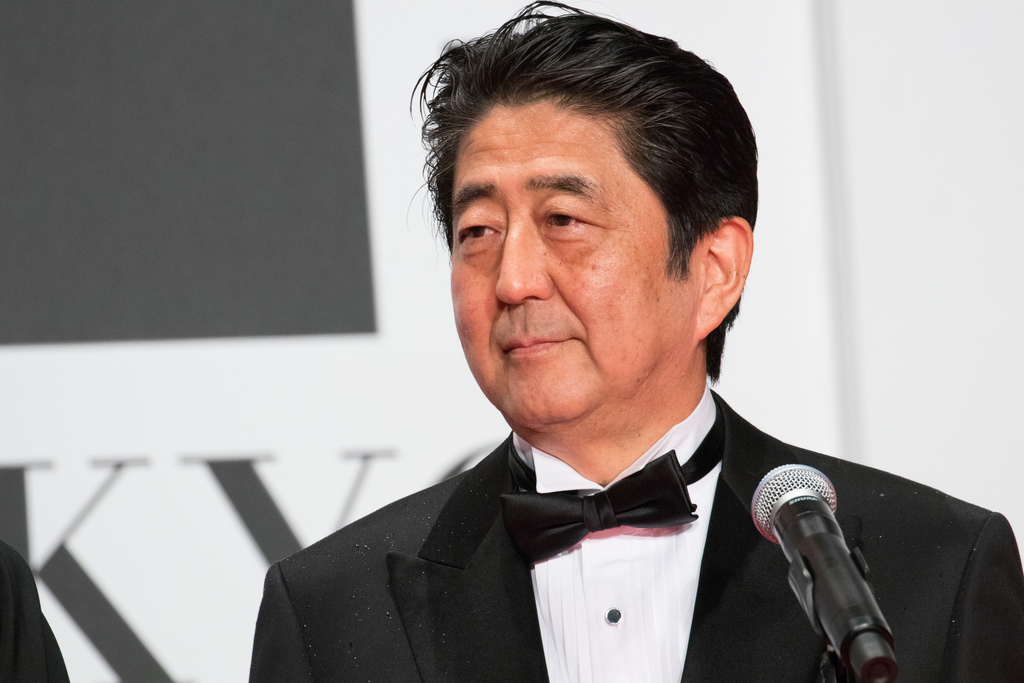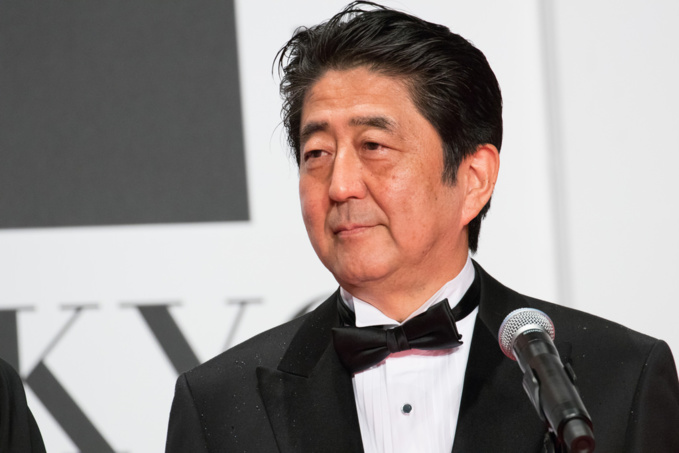Another undoubted achievement of Prime Minister Abe and his government is that the local economy has been growing seven quarters in a row. In the October 22 elections, Abe obtained a new mandate to lead the third economy of the planet, in which he, as economic indicators show, is succeeding
The only fly in the ointment is the drop in consumption by 1.8% per year. This suggests that the government still has a lot of work to do to convince the people of Japan: their economy has embarked on the path of sustainable development and it is time for them to get their wallets out and make purchases. The former Minister of Economy, Trade and Industry of Japan Toshimitsu Motegi explained the decrease in the consumption of citizens by bad weather, although, of course, the reasons for the decline are deeper.
The locomotive of economic development in July-September was exports, which grew at an annualized rate of 6%. Motegi believes that the Japanese economy as a whole continues to develop steadily, and senior economist at JPMorgan Securities Masamichi Adachi agrees with him. In his opinion, the growth of employment and the increase in salaries should help to prompt consumption.
Since the beginning of 2016, i.e. almost two years, the Japanese economy has been showing a steady growth. It grows on a quarterly basis by 0.9-2.6%. Adachi believes that the trend will continue with the help of high corporate investment. However, further rise requires that there are no unpleasant surprises behind the ocean.
From the very moment of coming to power in late 2012, Shinzo Abe is trying to end a long period of extremely slow development of the Japanese economy and deflation through the program developed by his government. The purpose of abenomics is a steady growth of the economy, which is expected to be achieved in three directions: wage growth, consumption growth and inflation growth. In recent months, the weak yen and the growing economy in key markets, that is, China and the United States, have allowed Japanese corporations to raise their profits to record heights. For example, Sony Corp. said on October 31 that it expects to achieve this year's highest operating profit in the company's 71-year history. This jump contributed to the high demand from foreign smartphone manufacturers for image sensors used in camera phones.
In early November, prices on stock exchanges surged to record levels in a quarter of a century. However, there was an expected correction last week, but the jump also says that the affairs of the third economy of the planet seem to have begun to recover.
Now the main problem of abenomics is the lack of growth in the average salary. This circumstance keeps many Japanese away from large spending.
Not surprisingly, Shinzo Abe urged business to raise salary by 3% in the next year to promote consumption growth. In addition, inflation remains below the target set by the central bank - 2%. Abe also promised to continue incrementally increasing the sales tax from the current 8% to 10% by October 2019 to take control of the growth of the budget deficit.
After convincing victory in the parliamentary elections of the coalition of Shinzo Abe, he said that he would now solve the deeper structural problems of the Japanese economy. It is, for example, a demographic crisis. The population is rapidly aging and shrinking in Japan, which gradually increases the labor shortage. The government, according to the prime minister, will make every effort to make pre-school education free for all families and higher education available for needy students.
source: reuters.com, bloomberg.com
The only fly in the ointment is the drop in consumption by 1.8% per year. This suggests that the government still has a lot of work to do to convince the people of Japan: their economy has embarked on the path of sustainable development and it is time for them to get their wallets out and make purchases. The former Minister of Economy, Trade and Industry of Japan Toshimitsu Motegi explained the decrease in the consumption of citizens by bad weather, although, of course, the reasons for the decline are deeper.
The locomotive of economic development in July-September was exports, which grew at an annualized rate of 6%. Motegi believes that the Japanese economy as a whole continues to develop steadily, and senior economist at JPMorgan Securities Masamichi Adachi agrees with him. In his opinion, the growth of employment and the increase in salaries should help to prompt consumption.
Since the beginning of 2016, i.e. almost two years, the Japanese economy has been showing a steady growth. It grows on a quarterly basis by 0.9-2.6%. Adachi believes that the trend will continue with the help of high corporate investment. However, further rise requires that there are no unpleasant surprises behind the ocean.
From the very moment of coming to power in late 2012, Shinzo Abe is trying to end a long period of extremely slow development of the Japanese economy and deflation through the program developed by his government. The purpose of abenomics is a steady growth of the economy, which is expected to be achieved in three directions: wage growth, consumption growth and inflation growth. In recent months, the weak yen and the growing economy in key markets, that is, China and the United States, have allowed Japanese corporations to raise their profits to record heights. For example, Sony Corp. said on October 31 that it expects to achieve this year's highest operating profit in the company's 71-year history. This jump contributed to the high demand from foreign smartphone manufacturers for image sensors used in camera phones.
In early November, prices on stock exchanges surged to record levels in a quarter of a century. However, there was an expected correction last week, but the jump also says that the affairs of the third economy of the planet seem to have begun to recover.
Now the main problem of abenomics is the lack of growth in the average salary. This circumstance keeps many Japanese away from large spending.
Not surprisingly, Shinzo Abe urged business to raise salary by 3% in the next year to promote consumption growth. In addition, inflation remains below the target set by the central bank - 2%. Abe also promised to continue incrementally increasing the sales tax from the current 8% to 10% by October 2019 to take control of the growth of the budget deficit.
After convincing victory in the parliamentary elections of the coalition of Shinzo Abe, he said that he would now solve the deeper structural problems of the Japanese economy. It is, for example, a demographic crisis. The population is rapidly aging and shrinking in Japan, which gradually increases the labor shortage. The government, according to the prime minister, will make every effort to make pre-school education free for all families and higher education available for needy students.
source: reuters.com, bloomberg.com



















